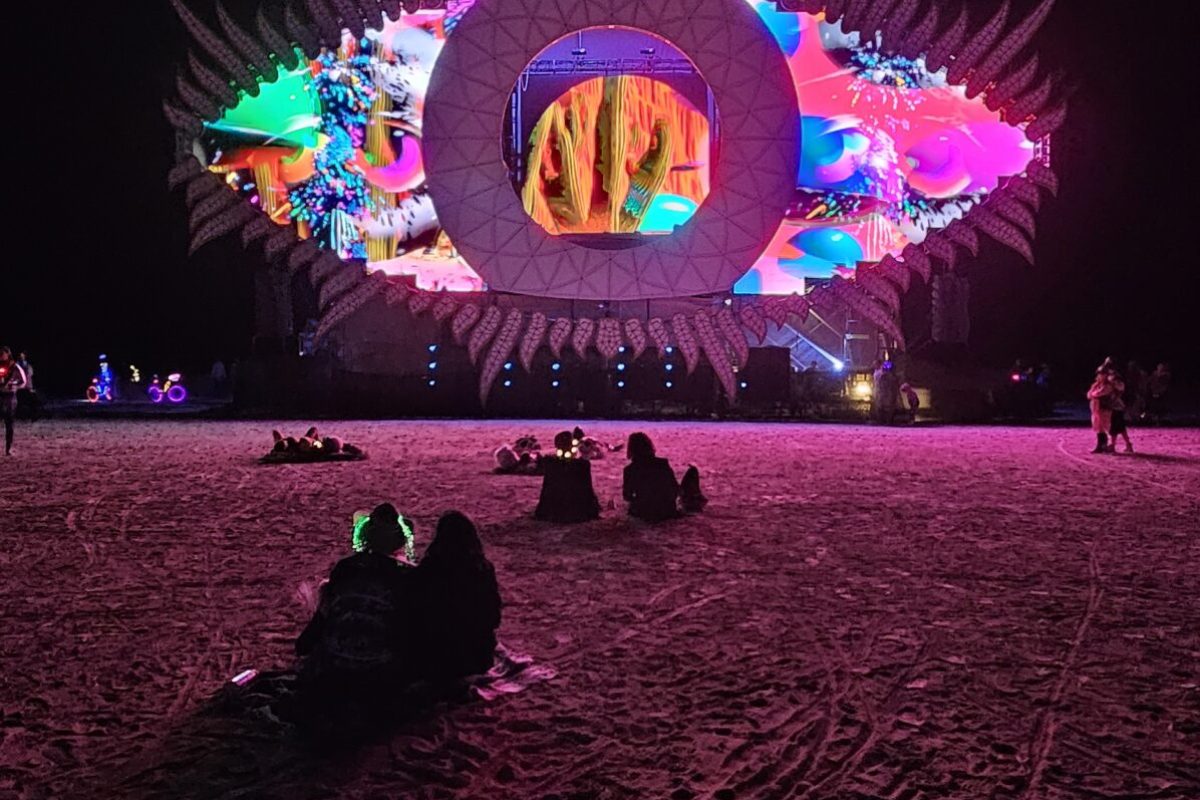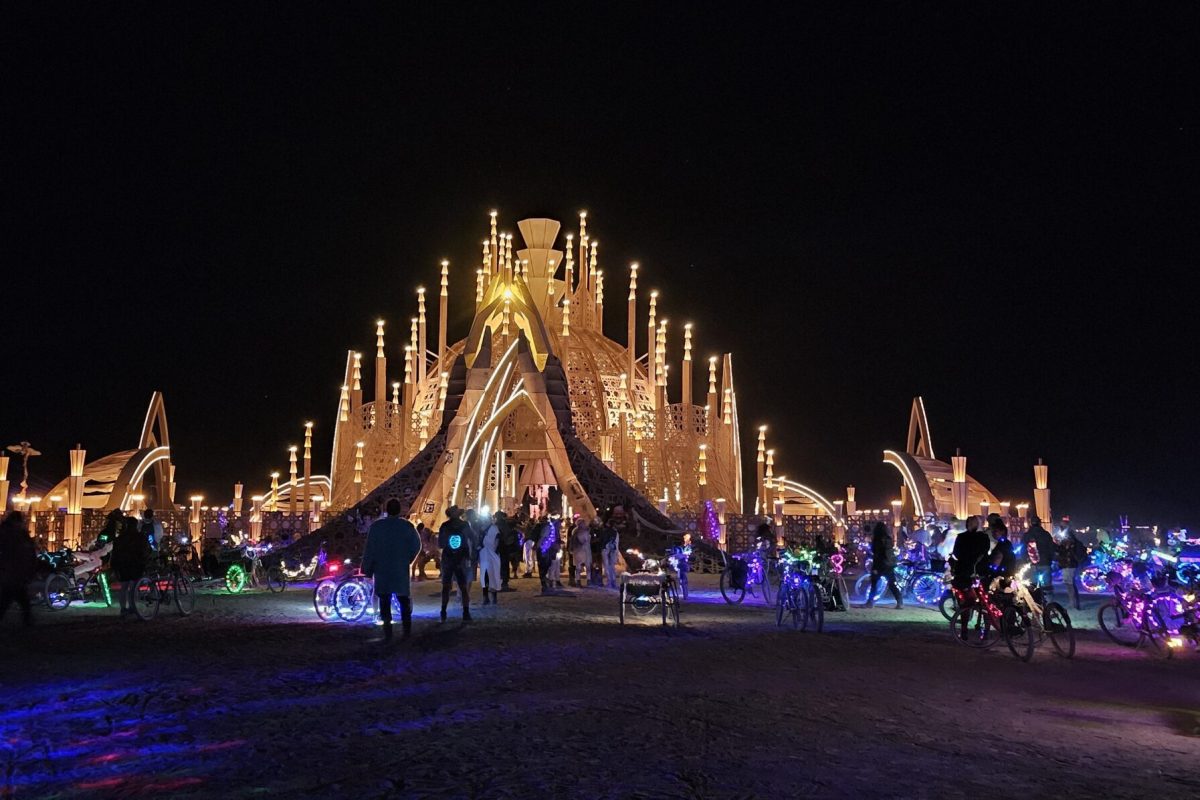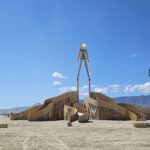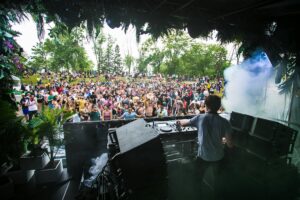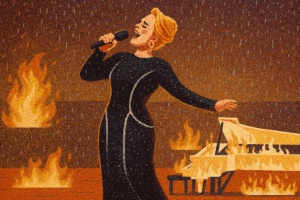We use cookies to keep things running smoothly, personalize your experience, and understand how you’re interacting with us (we love to make things better for you!).
Some cookies are essential, and others help us bring you tailored recommendations, event updates, and all the interactive fun Tukioo is known for!
You can manage your preferences below – it’s your call! 😉
Functional cookies keep Tukioo running smoothly! They allow us to ensure the app and website work as expected, like managing logins, ticket purchases, and your personalized settings—all while keeping your data anonymized and respecting your privacy. These cookies make your event experience seamless and hassle-free.
The technical storage or access is necessary for the legitimate purpose of storing preferences that are not requested by the subscriber or user.
Statistics cookies help us improve! By anonymously tracking how users interact with Tukioo, we gain insights to make events and the app better for everyone. Your privacy is our priority, so all data stays anonymized while helping organizers create unforgettable experiences.
The technical storage or access that is used exclusively for anonymous statistical purposes. Without a subpoena, voluntary compliance on the part of your Internet Service Provider, or additional records from a third party, information stored or retrieved for this purpose alone cannot usually be used to identify you.
Marketing cookies ensure you see event recommendations and ads that matter to you. They anonymously track clicks and preferences, helping us—and organizers—connect you to experiences you’ll love. Your privacy stays protected, and your data remains anonymized.
